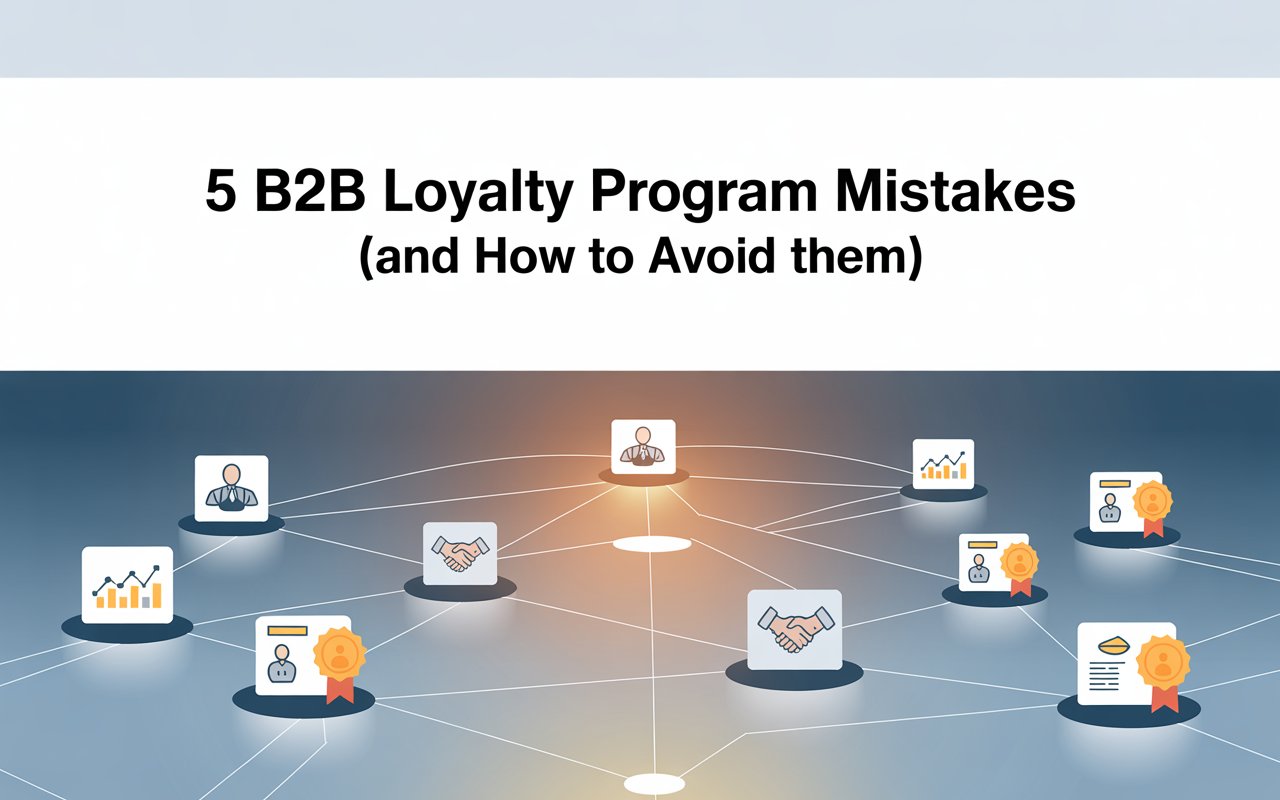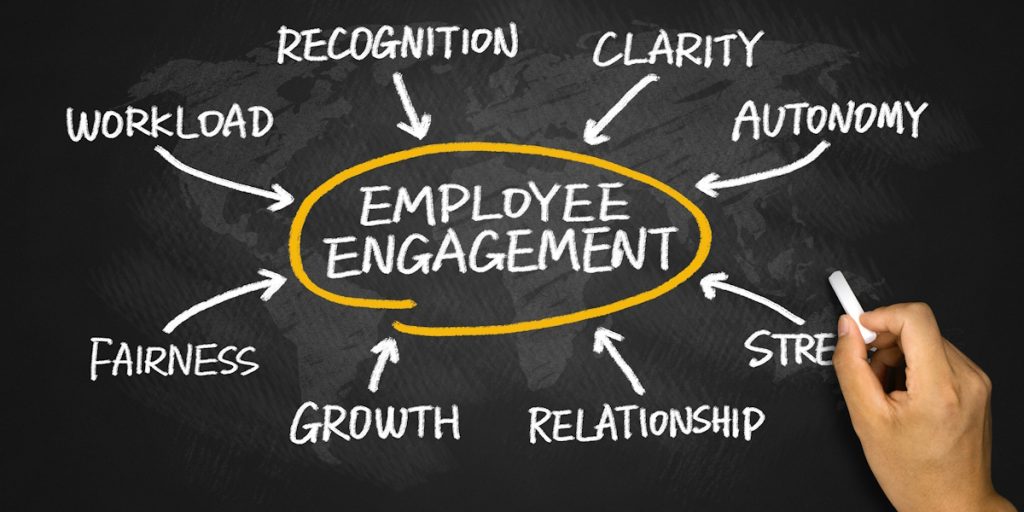Running a B2B loyalty program can be highly rewarding, but many businesses make avoidable mistakes that reduce its effectiveness. Understanding the common pitfalls and learning how to prevent them can help your company retain clients, increase engagement, and maximize returns. If executed well, a B2B loyalty program can become a key driver of long-term business growth and customer satisfaction.
Many companies focus solely on acquiring new clients while neglecting the value of existing ones. This often leads to weak client retention, missed opportunities for upselling, and reduced overall program success. By identifying mistakes early and taking corrective actions, businesses can ensure their loyalty strategies provide consistent benefits for both the company and its clients.
Mistake 1: Ignoring the Needs of Your Clients
One of the biggest B2B loyalty program mistakes is designing a program without understanding what clients truly value. Many businesses assume that a generic rewards system will work for everyone. However, B2B clients often have specific requirements and preferences that influence their participation.
To avoid this mistake, gather feedback from your clients and analyze their purchasing patterns. Offer rewards that align with their business goals, whether it’s discounts, exclusive access, or co-marketing opportunities. Tailoring your program to client needs ensures higher engagement and demonstrates that your company values long-term relationships. For more on this, you can check our B2B loyalty programs solutions.
Mistake 2: Focusing Only on Acquisition
Another common error is prioritizing new client acquisition over retention. While growing your client base is essential, neglecting existing clients can lead to churn and lost revenue. B2B customer retention is often more cost-effective than constantly seeking new business.
To prevent this, create a balanced strategy that rewards loyalty among current clients. Implement tiered rewards, personalized offers, and regular engagement initiatives. By showing existing clients that their continued business is valued, your program encourages repeat purchases and strengthens long-term relationships. Learn more about improving B2B customer retention.
Mistake 3: Complicated Program Structures
Complex rules, confusing reward systems, or unclear communication can discourage participation. Many B2B loyalty programs fail because clients find them too difficult to understand or use.
Keep your program simple and transparent. Clearly explain how clients earn points, redeem rewards, and progress through tiers. Provide easy-to-access information and regular updates. A straightforward program not only improves client satisfaction but also increases engagement and participation rates.
Mistake 4: Lack of Program Promotion
Even the best loyalty program can fail if clients are unaware of it. Many businesses make the mistake of assuming clients will automatically participate without proper promotion.
To avoid this, actively communicate your program through multiple channels, such as emails, newsletters, and client meetings. Highlight the benefits and show real-life examples of rewards being used. Promoting your program consistently ensures that clients recognize its value and are motivated to participate.
Mistake 5: Not Tracking Results
Without monitoring the program’s performance, it’s difficult to know what works and what doesn’t. Failing to track KPIs like engagement, reward redemption, and client retention can lead to wasted resources and missed opportunities for improvement.
Implement tracking systems and regularly analyze your data. Adjust program elements based on client behavior and feedback. Continuous improvement ensures that your B2B loyalty program remains effective, relevant, and capable of delivering measurable results.
Conclusion
Avoiding these B2B loyalty program mistakes can make a significant difference in the success of your loyalty strategy. By understanding client needs, balancing acquisition with retention, simplifying program structures, promoting actively, and tracking results, businesses can create programs that build lasting relationships and improve overall performance.
Implementing an effective loyalty program is not just about offering rewards; it’s about creating meaningful connections with clients and showing that their loyalty is valued. Start evaluating your current program today to ensure it drives engagement, satisfaction, and long-term growth.
Do You Know What Your Clients Truly Value In A Loyalty Program?




